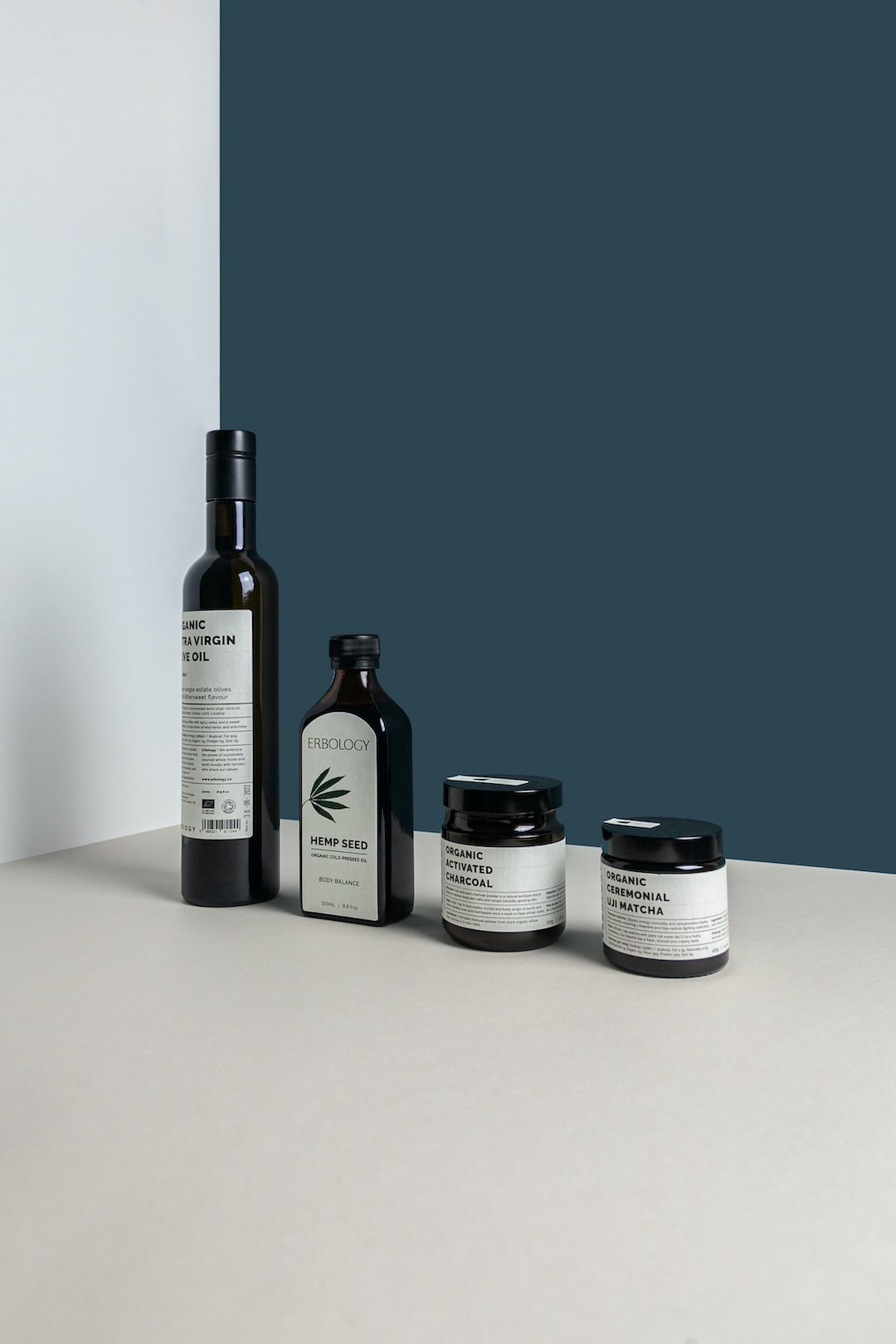Unveiling the Science Behind Anti-Aging Creams and Serums
As we age, the signs become more evident on our skin, such as fine lines, wrinkles, and age spots. With the desire to maintain a youthful appearance, many individuals turn to anti-aging creams and serums. These products claim to reduce the visible signs of aging, but what is the science behind them? How do they work? Are they truly effective? Let’s delve into the world of anti-aging products and explore the science behind them.
To understand how anti-aging creams and serums work, it’s crucial to know what causes aging in the first place. There are two primary factors: intrinsic and extrinsic aging. Intrinsic aging refers to the natural aging process influenced by our genes. Extrinsic aging, on the other hand, is spurred by external factors like sun exposure, pollution, and lifestyle choices such as smoking or poor diet.
One of the key components of effective anti-aging products is retinoids, which are derivatives of Vitamin A. Retinoids have been extensively researched and proven to stimulate collagen production, reduce the appearance of fine lines and wrinkles, and improve skin texture. They work by kick-starting the production of new skin cells and enhancing the turnover of old ones.
Another popular ingredient found in anti-aging creams and serums is hyaluronic acid. Contrary to its name, hyaluronic acid is not an abrasive or harsh chemical. Instead, it is a natural substance found in our bodies that helps retain moisture, giving our skin its youthful plumpness. As we age, our natural hyaluronic acid levels decrease, leading to drier and less supple skin. The inclusion of hyaluronic acid in skincare products replenishes this loss, resulting in improved hydration and diminished appearance of fine lines.
Peptides are yet another group of ingredients commonly used in anti-aging products. They are small chains of amino acids that serve as building blocks for proteins like collagen and elastin. Collagen, in particular, is responsible for maintaining the elasticity and firmness of our skin. By adding peptides to their formulations, skincare companies aim to signal collagen and elastin production, thereby reducing wrinkles and promoting smoother skin.
Antioxidants also play a significant role in the effectiveness of anti-aging products. They help combat the damage caused by free radicals, unstable molecules that can wreak havoc on our skin cells. Common antioxidants used in anti-aging products include vitamins C and E, green tea extract, and resveratrol. By neutralizing free radicals, antioxidants not only protect our skin but also promote a youthful and radiant complexion.
However, it’s important to note that while the science behind anti-aging creams and serums is promising, not all products on the market are created equal. Many factors can influence a product’s efficacy, including the concentration of active ingredients, the quality of formulation, and individual skin types. Therefore, it’s crucial to do thorough research, read reviews, and consult with dermatologists before investing in any anti-aging product.
Moreover, it is crucial to understand that the use of anti-aging creams and serums should complement a holistic skincare routine. Consistently practicing sun protection, such as wearing SPF daily, is essential in preventing further skin damage. Additionally, maintaining a healthy lifestyle, eating a balanced diet, staying hydrated, and avoiding tobacco and excessive alcohol consumption all contribute to overall skin health.
In conclusion, the science behind anti-aging creams and serums provides promising insights into how these products work to combat the visible signs of aging. Retinoids, hyaluronic acid, peptides, and antioxidants are among the key ingredients that have been extensively researched and proven effective in reducing wrinkles, improving skin texture, and promoting a youthful appearance. However, it is essential to choose reputable products, consider individual skin needs, and maintain a comprehensive skincare routine to achieve the best possible results. At the intersection of science, skincare, and self-care lies the potential to unlock the secret to maintaining vibrant and youthful skin as we age.

